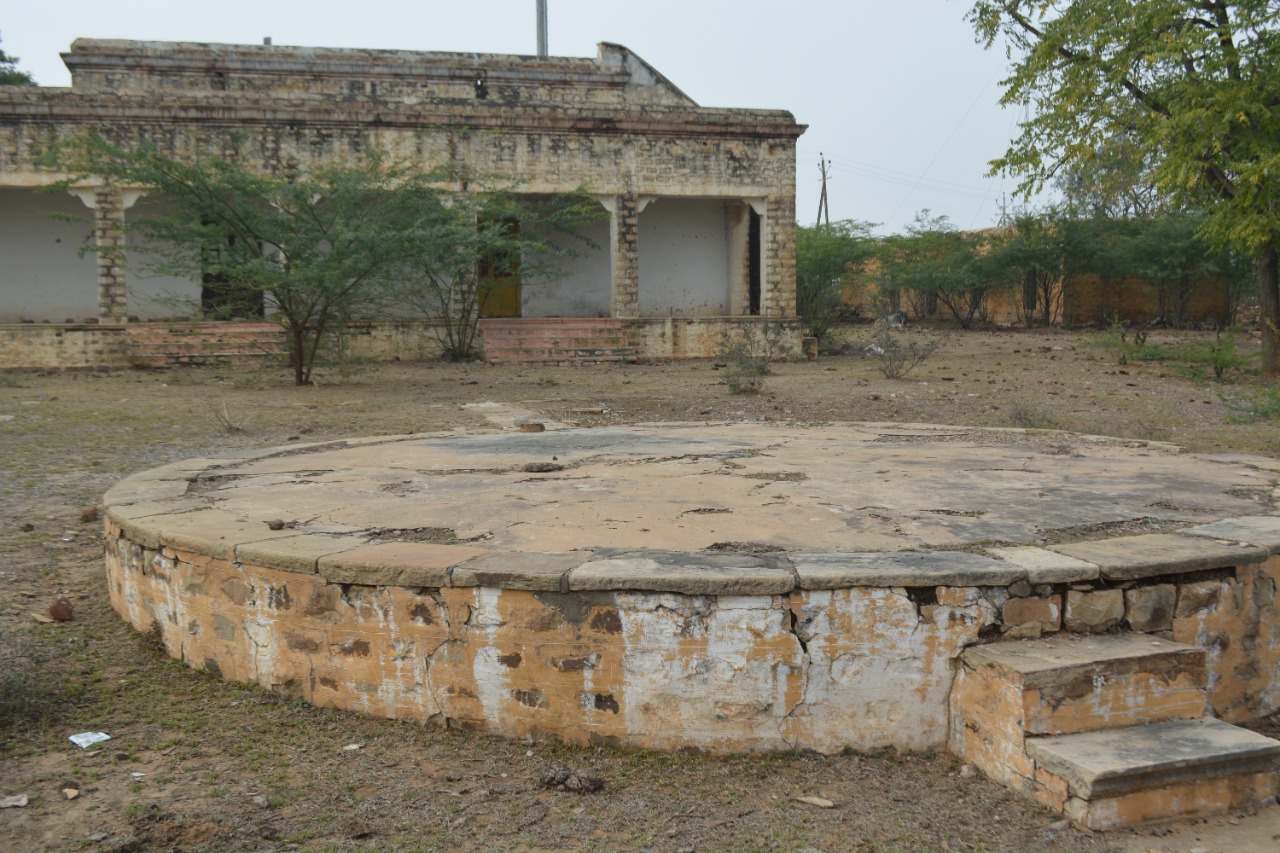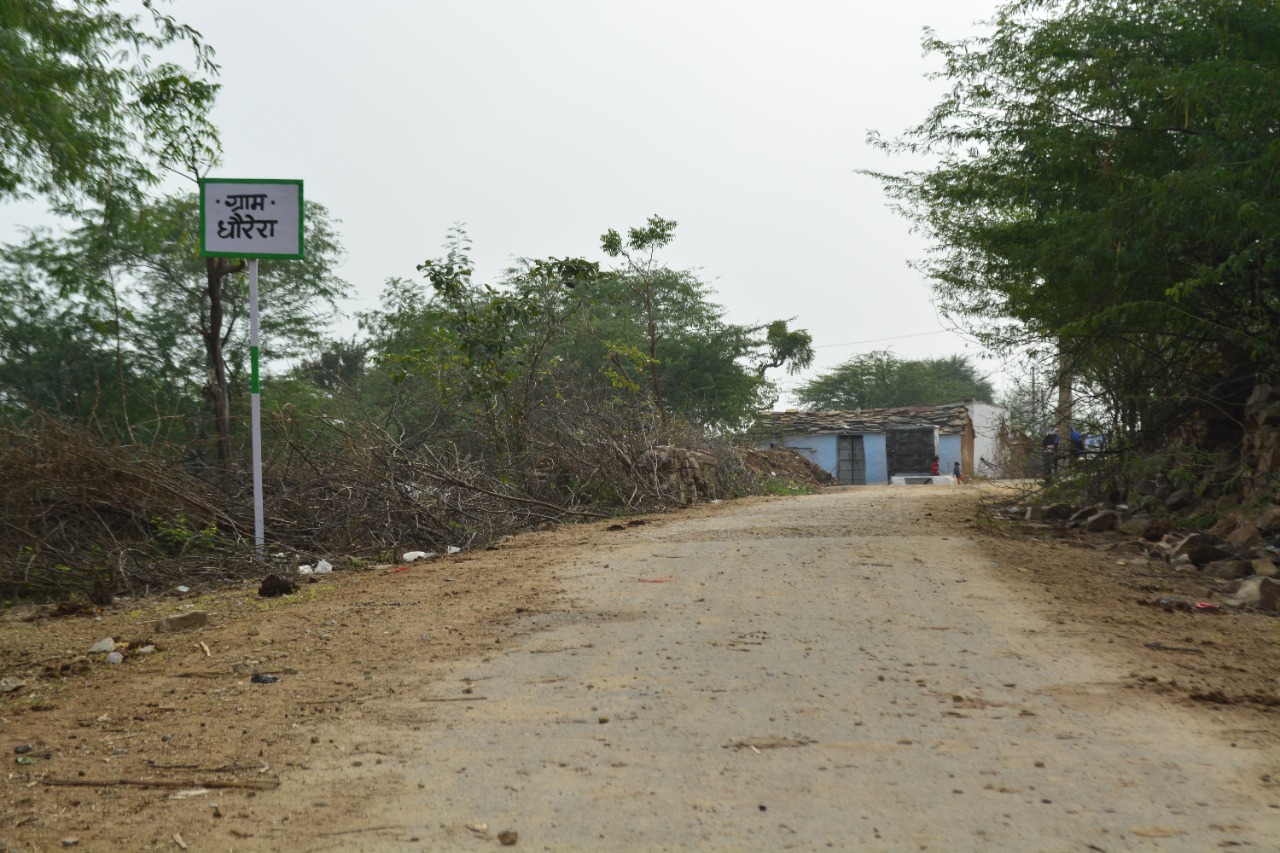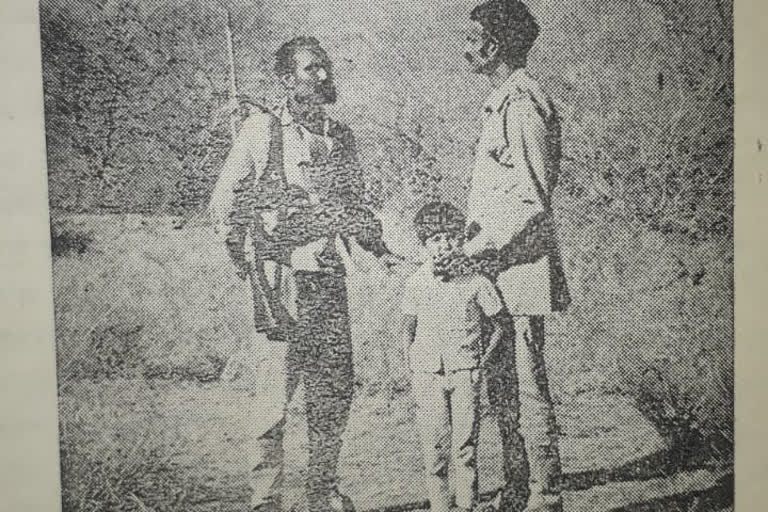Gwalior: Fifty years ago, in April 1972, the people of Dhorera, an idyllic village around 30 kilometres from Morena district headquarters in Madhya Pradesh, had to leave their homes to make way for the dreaded dacoits. The exodus, however, was not out of fear. It was a chance the people and the dacoits were giving to peace hoping against hope that the move turns an olive branch in the bloodied and rebellious history of the chasms of Chambal.
As the people left their homes unlocked, over a hundred dacoits entered the village to lay down their arms. Rameshwar, 63, recalls how the gangs led by Madho Singh and Mohar Singh -- the notorious dacoit chiefs -- camped in the only two pucca houses in the village. He remembers how water tankers came to the village from Jaura Tehsil and large tents were set up to prepare food for the bandits.
Before the actual surrender, large crowds of people used to visit the village to see the bandits. On April 14, 1972, about a week after the bandit's entered Dhorera, more than 200 of them surrendered. It was a huge moment as Madho Singh was probably the most notorious of the dacoits with a whopping reward of Rs 3 lakh ($21,000 at that time) on his head at that time.
He surrendered with around 80 of his men. Mohar Singh and his dozen-odd members too gave up arms besides other smaller gangs. What the police and the government had not been able to achieve for years was achieved by social activists Jayaprakash Narayan and Vinobha Bhave, whose years of efforts to make the dacoits leave their ways of vice had finally succeeded.
Time Magazine was probably the only international publication that reported one of the biggest bandit surrenders in the history of India. Its correspondent William Stewart, in fact, travelled to Jaura Tehsil and met Jayaprakash Narayan as well as the dacoits. This is how he captured the scene:
At a government guesthouse in the village of Jaura, deep in dacoit country, I talked with Jayaprakash Narayan, 69, director of the Gandhi Institute of Studies and once a prominent Socialist politician. He is a man of simple and transparent goodness. Last October, Narayan told me, he had been visited by a man claiming to be a lesser dacoit. The visitor pleaded with him to come to the Chambal Valley and negotiate the bandits' surrender.
Police pressure was increasing and could only mean more bloodshed. Narayan remained unmoved until the bandit admitted that he was really Madho Singh, 35, one of India's most wanted men, with a price of $21,000 on his head. Singh said that the dacoits were ready to surrender if the government would promise not to hang any of the men, to prosecute within six months, and to rehabilitate their families. Impressed, Narayan agreed to undertake the task.
Along a dirt road outside Jaura is the Gandhian ashrama known as the Change of Heart Mission. Under a makeshift but colorful tent, we lunched on vegetables and rice served on plates of dried banyan leaves. There I met a former bandit whom Vinoba Bhave had persuaded to surrender. "Did you ever kill anyone?" I asked. "Naturally. I killed policemen," he answered. "How many?" "If I asked you how many pieces of bread you've eaten in the past two months, could you tell me?"
Krishna Singh Sikarwar, about 85 years old, is a retired police chief constable. He used to be a constable in 1972 and was posted at Morena Headquarters. He was deputed to Jaura which had turned into a peace zone. Sikarwar recalls how his officers had received orders not to arrest any rebel. According to him, he and the rest of the police personnel were asked not to be present at the peace area and the surrender-site wearing uniforms. "The police used to go here only in plain clothes. On Pagara Road in Jaura, there is still a platform where the bandits laid down their arms in front of Mahatma Gandhi's picture," he told ETV Bharat.


Ran Singh Parmar, National President of Ekta Parishad, a people's movement dedicated to non-violent principles of action, said he was 16 at the time of the establishment of the Gandhi Ashram where the dacoits were given the peaceful refuge. During the surrender of the rebels, Parmar and several other teens like him volunteered to collect food grains from house to house to ensure Ashram had enough food for the bandits.
This April 14 completes 50 years of the historic rebel surrender of Jaura. Parmar said a programme has been organised on this occasion that will get the former bandits, their families and members of the families who have been victims of the bandits on one platform. "This program will prove how hatred can be forgotten by following the path of non-violence and satyagraha. How people can live the rest of their lives in peace," Parmar said.
Most of the bandits were released from prisons after eight to 10 years. The Gandhi Ashram became a focal point for these dacoits to start their lives in peace and live with their families. Many of them turned to politics. Mohar Singh joined the Congress and won the Mehgaon municipal elections in 1995. Another dacoit, Tehsildar Singh, who first wrote to Bhave proposing the mass surrender in 1960, fought and lost against Mulayam Singh as a BJP candidate from Jaswant Nagar in 1991.
Also read: Thriving legacy of Chambal bandits influences MP elections



